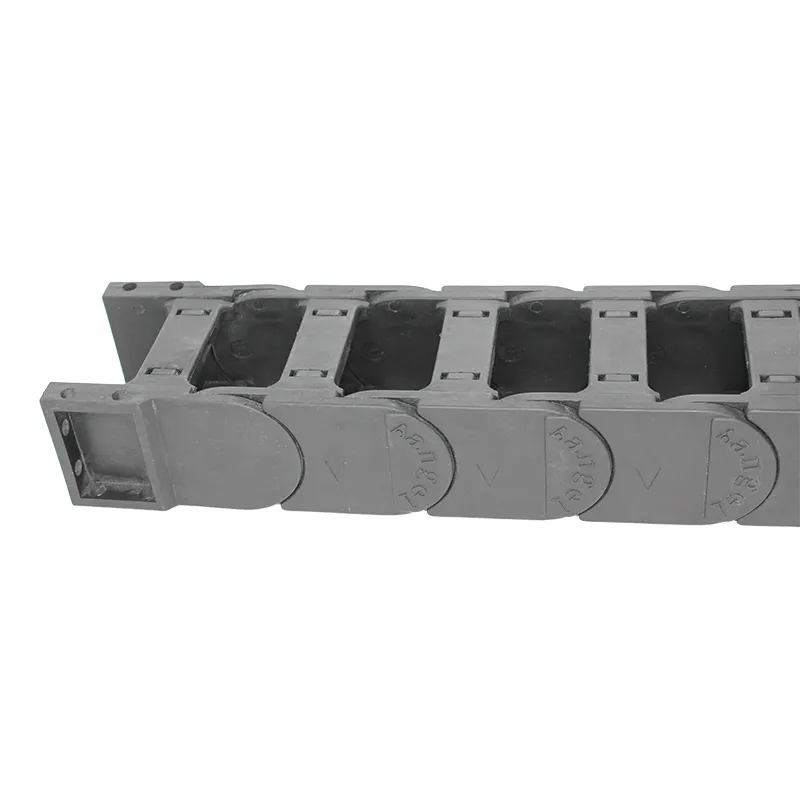Understanding Synchronous V Belts for Efficient Power Transmission in Mechanical Systems
Understanding Synchronous V Belts A Comprehensive Overview
Synchronous V belts, often referred to simply as synchronous belts or timing belts, play a pivotal role in various mechanical systems. These belts are crucial for the precise transfer of power and rotational motion between different components, making them indispensable in multiple applications across various industries. This article will explore the construction, operation, advantages, and applications of synchronous V belts to provide a comprehensive understanding of their significance in modern machinery.
Construction and Design
Synchronous V belts are typically made from a combination of high-strength rubber and reinforcing fibers, such as polyester or nylon. The unique trapezoidal tooth design is one of the defining characteristics of synchronous V belts. This design allows the belt to mesh seamlessly with pulleys equipped with matching teeth, enabling synchronized movement between the belt and the pulley. The precise fit ensures minimal slippage, making synchronous belts ideal for applications where timing and consistency are critical.
The belts come in various sizes, lengths, and configurations to meet the requirements of different systems. Their construction allows them to handle high loads while maintaining their shape and integrity over time. The absence of friction between the belt and the pulley means that synchronous V belts can operate efficiently, reducing energy consumption in the process.
Operation Principles
The operation of synchronous V belts is based on their ability to maintain a fixed relationship between the rotation of the driving pulley and the driven pulley. Unlike traditional V belts, which rely on friction to transfer power, synchronous belts use tooth engagement to achieve synchronization. When the driving pulley rotates, its teeth engage with the corresponding teeth of the belt, causing the belt to move in a linear path. This linkage ensures that the motion of the driven pulley mirrors that of the driving pulley with precision, making synchronous belts ideal for applications that require exact timing, such as engine timing systems in automotive engines or CNC machinery.
Advantages of Synchronous V Belts
Synchronous V belts offer numerous benefits that make them preferable in specific applications
synchronous v belt

2. Reduced Slippage The tooth engagement minimizes slippage, enhancing efficiency and power transfer. This feature distinguishes synchronous belts from traditional V belts.
3. Low Maintenance Synchronous V belts require less maintenance compared to other belt systems, as they are less prone to wear and do not need periodic adjustment.
4. Quiet Operation These belts operate quietly, making them suitable for environments where noise reduction is a priority, such as in office equipment and household appliances.
5. Versatility Synchronous V belts are available in a wide range of sizes and designs, allowing them to be used in various applications, from industrial machinery to automotive systems.
Applications of Synchronous V Belts
The applications of synchronous V belts are vast and varied. In the automotive industry, they are commonly used in camshaft and crankshaft timing systems to ensure that engine components operate in perfect harmony. In manufacturing and production environments, they are employed in conveyor systems, robotics, and CNC machinery, providing the precision and reliability needed for automated processes.
Synchronous V belts are also widely used in HVAC systems, where precise timing is essential for controlling fans and pumps. Additionally, they can be found in fitness equipment, appliances, and even aerospace applications, demonstrating their versatility and effectiveness across sectors.
Conclusion
Synchronous V belts are a cornerstone of mechanical systems requiring precision and reliability. Their unique design, reduced maintenance requirements, and operational efficiency make them invaluable in various industries. As technology advances, the continuous development of materials and designs for synchronous V belts will likely lead to even greater performance and applicability. Understanding their functions, advantages, and uses offers invaluable insight into the complexities of modern machinery and its reliance on effective power transmission solutions.








